
PUMPA - SMART LEARNING
எங்கள் ஆசிரியர்களுடன் 1-ஆன்-1 ஆலோசனை நேரத்தைப் பெறுங்கள். டாப்பர் ஆவதற்கு நாங்கள் பயிற்சி அளிப்போம்
Book Free DemoThe poet says it takes a lot of time to cut a tree. It is not an easy job. A simple rough poke with a knife may not be enough to cut it down.
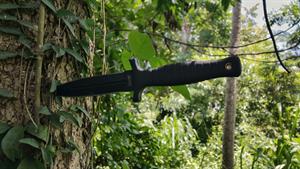
It takes a lot of effort to kill a tree because it has grown after a long process. It has slowly fed upon the earth's soil filled with nutrients. It has gradually emerged out of the ground after consuming the hardened layer of the soil. It has been drawing in sunlight, air, and water over several years for it to flourish. The tree has spread out its flourishing leaves out of its rough, scaly skin. Like how a man grows for years after consuming nutritious food, breathing air, drinking water, the tree also has grown similarly. The poet has personified the tree as a person in this context.
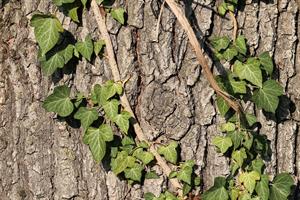
Sprouting leaves emerging from the leprous hide of the tree!
If a simple jab is not enough, the next step is to use more force to cut the tree down. So the tree has to be cut by giving powerful punches and blows; it is repeatedly cut into pieces - but still the job is not done. Even if we apply this much efforts and pains, the tree will not die. The poet says the "bleeding bark" - he does not refer to the actual blood bleeding from the tree (like for a human). He means the sap or the fluid in a tree, which oozes out when a tree is cut down. He compares the sap to the human blood here, by drawing the reference of "bleeding bark".
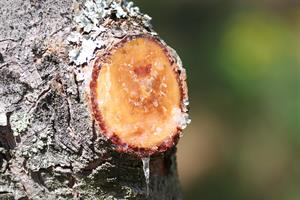
Sap bleeding from a cut tree.
The poet says even the bleeding bark will heal itself. It will rise again from near the ground with small green spiral stick-like branches. Slowly the main branch of the tree will also sprout out. If man does not continue with his cutting activity, soon it will regrow to its original size.
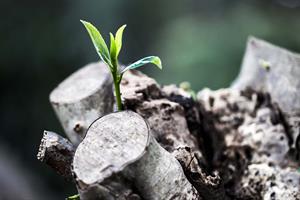
New life from a cut tree!
So can a tree be killed easily? No. The poet uses sarcasm to deliver the point to the readers about what it takes to kill a tree after years of nurturing it. In the following stanzas, the poet explains how we can kill the tree. The roots must be pulled out from where it is firmly fixed to the ground.
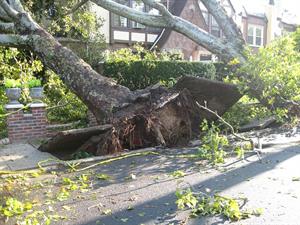
A tree uprooted from its anchoring earth!
It has to be tied to a rope and broken with a sharp movement so that it is uprooted completely; then removed entirely from the cave under the earth's layer. That is when one can witness the actual strength of the tree. All the power that had been contained for many years within the earth's wet topsoil, the most delicate and concealed part of the tree has to be brought out to the surface - a tree can be killed only after such laborious effort.
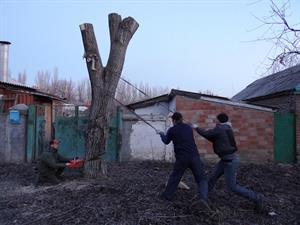
Once all the above is done, the job becomes simple. The tree will soon be dried in the hot sun. It cannot breathe air anymore, as the roots have been cut down. It becomes brown, dry, hard, twisted and wrinkled. Finally, the tree is killed.
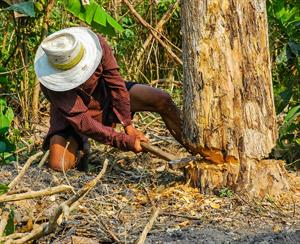
Finally, man has completed his job of killing the tree!
The poet has personified the tree and explained how painful it is to "kill" a tree. He has used the term "killing" instead of "cutting" the tree to equate it to human emotions. He uses sarcasm to explain that it is very difficult to cut/kill a tree, but humans are constantly trying to cut trees. He describes the disappointment behind the cutting process and thereby sensitize the readers to protect our trees.